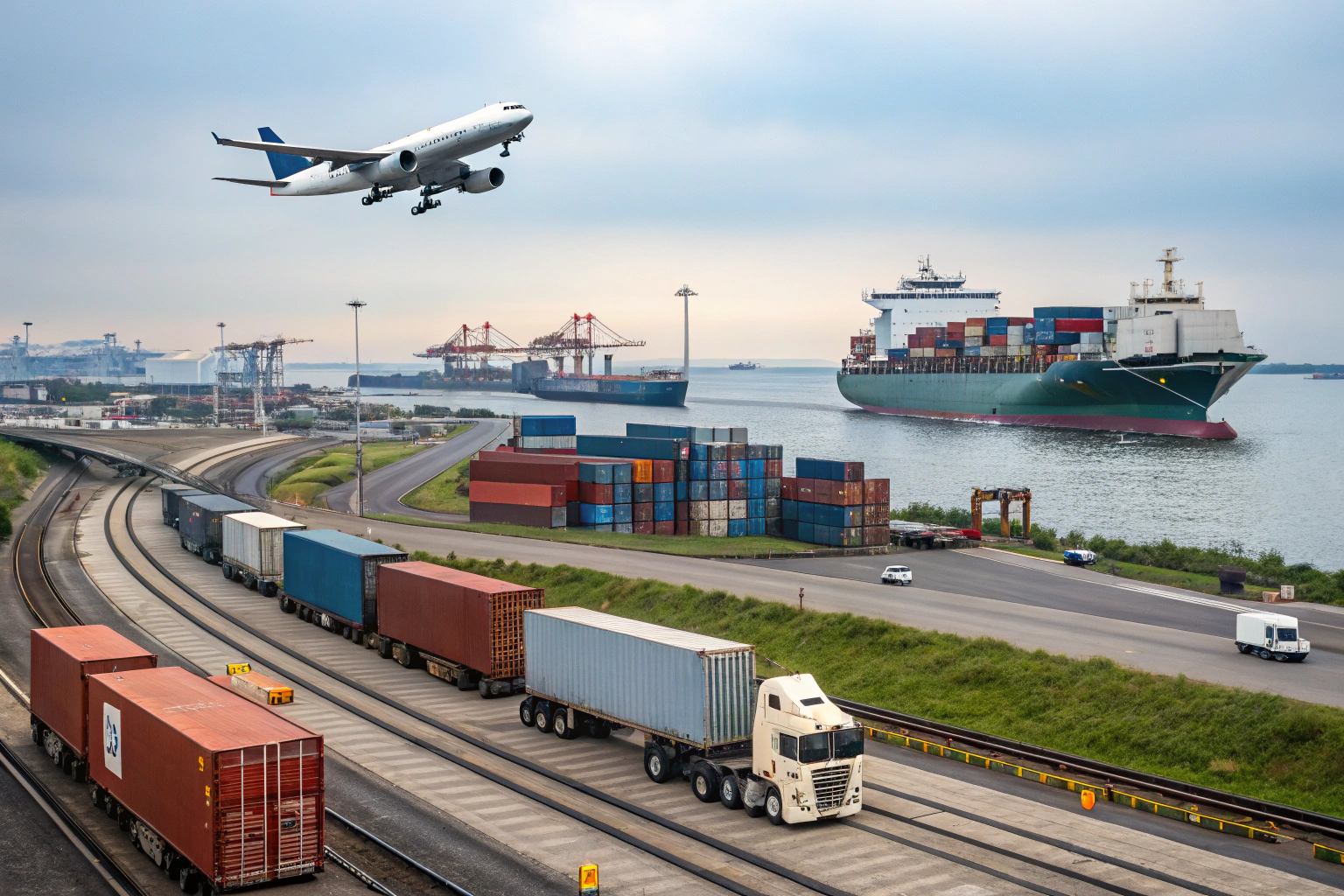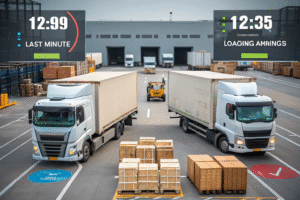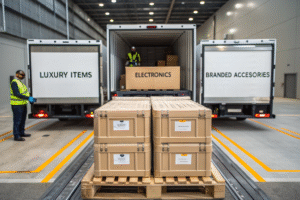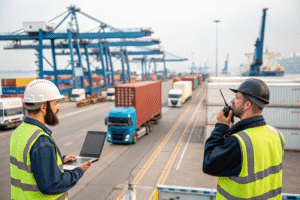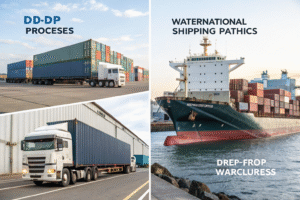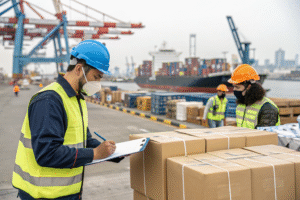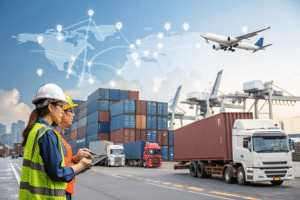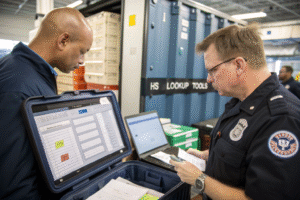Efficient logistics can make or break your global sourcing business. As a freight forwarder with years of experience at GeeseCargo, I’ve witnessed how important it is for clients to understand their transportation options. If you’re a business owner like Ron—confident, decisive, and focused on results—you want fast answers and reliable routes. That’s what this article offers.
Freight forwarders offer a variety of shipping options including ocean freight, air freight, rail and road transport, and door-to-door services like DDP. Each option meets different priorities such as cost, speed, and destination reach.
Choosing the right method impacts delivery time, landed cost, and customer satisfaction. In this article, I’ll walk you through key shipping options we provide as professional freight forwarders, helping you navigate the best choices for your business success.
What Is the Difference Between Ocean and Air Freight?
Ocean and air freight are the backbone of global shipping. Business owners like Ron often choose between them based on urgency, product type, and budget.
Ocean freight is cost-effective for bulk and non-urgent shipments, while air freight is faster and ideal for time-sensitive or high-value goods.
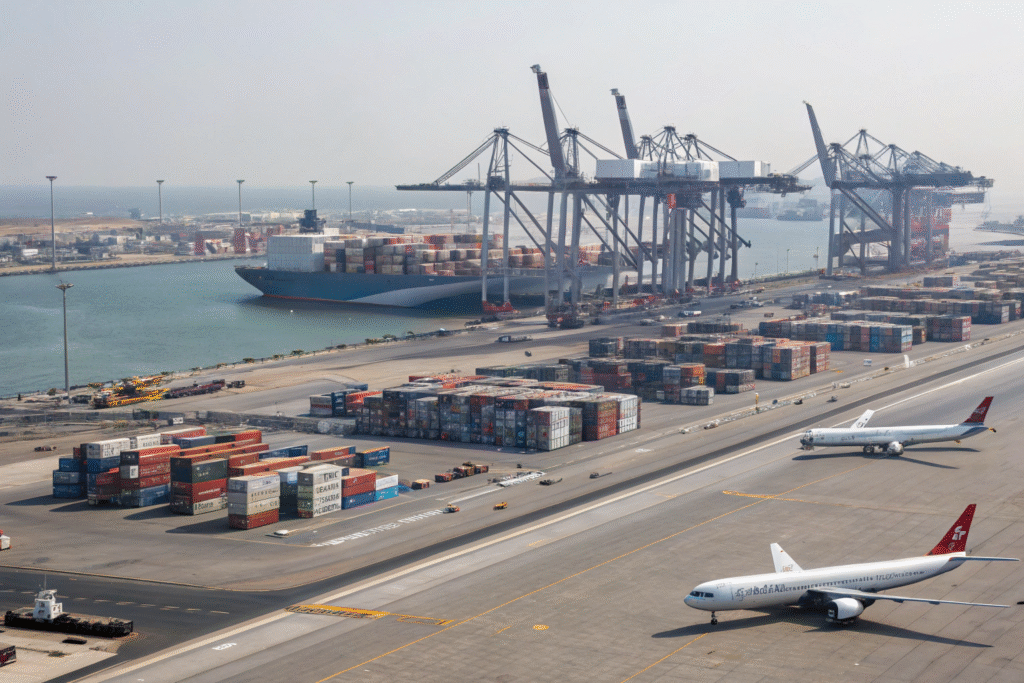
Why Choose Ocean Freight for Bulk Goods?
Ocean freight remains the most economical solution for large-volume shipments. It’s ideal when your goods are heavy, non-perishable, or not urgently needed. Major carriers and alliances have regular sailing schedules from Chinese ports like Ningbo, Qingdao, and Yantian to Los Angeles, New York, and Houston.
For example, Maersk and MSC offer extensive FCL and LCL services. Their port networks and vessel capacities make them popular for garments, accessories, and general merchandise.
Though transit times vary between 15–35 days, depending on the port pair and route congestion, the savings in shipping cost can be significant. Businesses with warehouse buffer stock often favor this model.
When Should You Choose Air Freight?
If you’re shipping high-value, low-volume items or need urgent restocking, air freight is the best solution. It offers shorter transit times—often between 3 to 7 days from China to the U.S.
Global airlines such as Lufthansa Cargo and DHL Aviation provide excellent service for time-critical shipments. They also offer tracking visibility, temperature control, and priority handling.
While air freight costs significantly more per kilogram than ocean, the benefits in speed and reduced inventory holding can justify the cost—especially for fast-moving consumer goods or seasonal orders.
What Are the Benefits of Rail and Road Freight?
Rail and road freight options are gaining popularity, especially for inland China or cross-border Eurasian deliveries. While they may not replace ocean or air in volume, they offer flexibility and reliability in specific trade corridors.
Rail freight offers a middle ground between speed and cost, while road freight is essential for regional or last-mile distribution.
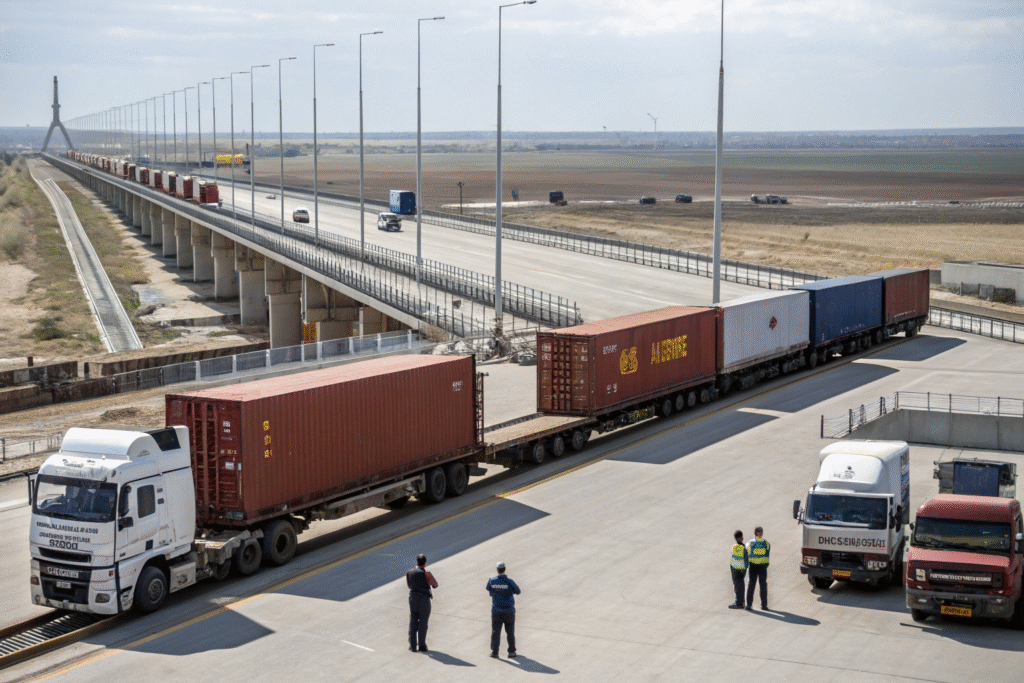
Is Rail Freight a Viable Option from China to Europe?
Yes, especially along the China-Europe Railway Express. It connects major Chinese hubs like Xi’an and Chengdu to European cities such as Hamburg and Warsaw in 18–22 days—much faster than ocean freight.
Rail is suitable for medium-volume goods like electronics, garments, or automotive parts. Services from China Railway Express offer block trains, temperature-controlled wagons, and GPS tracking.
Its pricing sits between ocean and air, making it a balanced option for time-sensitive but cost-conscious cargo. Customs clearance is managed at borders, and some routes offer end-to-end tracking platforms like Trans-Eurasia Logistics.
How Does Road Freight Support Regional Logistics?
Road freight is critical in the logistics chain for connecting factories to ports or warehouses to retailers. In China, licensed trucking fleets with GPS-monitored vehicles ensure timely pickups and deliveries.
Services like Cainiao’s Smart Logistics Network support regional and international road freight from Southeast Asia to China. Road freight also complements rail and ocean modes, especially for inland suppliers.
Though it faces risks like road congestion or border checks, when well-managed by freight forwarders, it provides efficient door-to-door solutions.
What Is DDP and Why Do U.S. Buyers Prefer It?
DDP (Delivered Duty Paid) service simplifies shipping for overseas buyers. Many U.S. clients prefer this method because it offloads complex customs procedures and reduces hidden costs.
DDP ensures the freight forwarder handles everything—from pickup, customs clearance, to delivery—making it a stress-free experience for the importer.
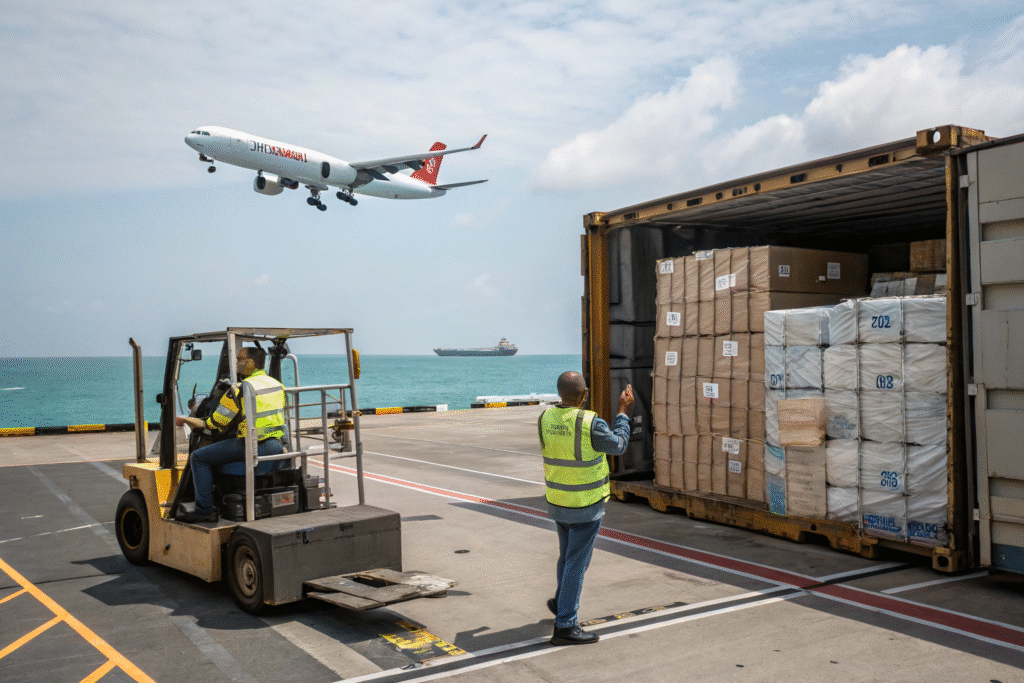
What Are the Key Benefits of Using DDP Service?
With DDP, buyers don’t need to deal with customs brokers, tax payments, or port fees. We manage the process under one all-inclusive quote. This reduces your team’s workload and makes landed cost predictable.
Our DDP service at GeeseCargo includes inland pickup, export declaration, air or sea freight, U.S. import customs clearance, and last-mile delivery. Platforms like Flexport and Freightos also offer similar DDP setups with automated tracking.
For SME importers or Amazon sellers, DDP offers a plug-and-play experience with minimal operational risk.
What’s the Difference Between DDP and DDU?
DDU (Delivered Duty Unpaid) means the buyer handles import customs and tax. This can lead to unexpected delays or costs. In contrast, DDP transfers full responsibility to the freight forwarder, improving efficiency.
Services like ShipBob support hybrid models where taxes are pre-estimated but not prepaid. We find DDP preferable for clients wanting complete logistics transparency and timeline control.
How Do Freight Forwarders Offer Multimodal Shipping?
Multimodal shipping allows freight forwarders to combine different transportation methods into a single logistics plan. This hybrid approach helps balance cost, speed, and risk.
Multimodal transport optimizes logistics by integrating sea, air, rail, and road to meet complex delivery needs.
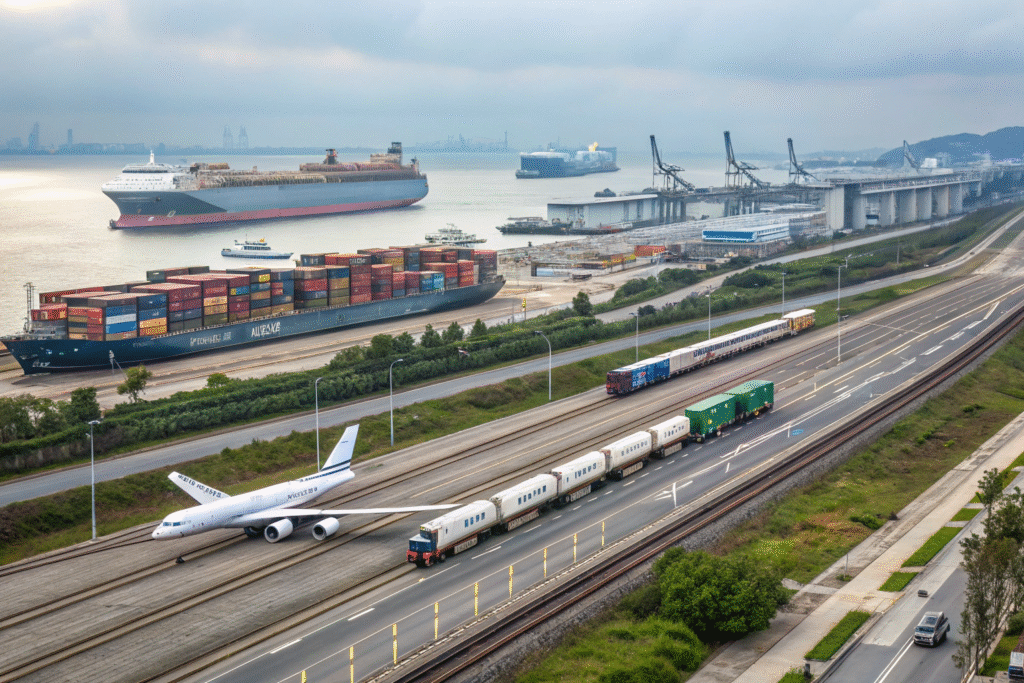
When Should You Use Multimodal Shipping?
You should consider multimodal shipping when routes involve multiple inland points or if time and budget are both important. For example, we may use rail from inland China to a coastal port, then ocean to the U.S., followed by truck delivery.
Global logistics providers like Kuehne+Nagel and DB Schenker also offer customizable multimodal options to reduce carbon footprint or navigate route disruptions.
This approach is also useful during peak seasons when one mode may be delayed. It adds resilience to your supply chain.
What Are the Tracking Options for Multimodal Transport?
Technology plays a big role. At GeeseCargo, we offer milestone tracking through platforms like Project44 or FourKites, giving visibility across sea, air, and land segments.
Real-time updates, delivery milestones, and exception alerts help clients like Ron avoid surprises. We also provide consolidated shipment reports with cost, ETA, and carrier details.
Custom dashboards can link with ERP or inventory systems, improving your warehouse planning and reordering processes.
Conclusion
Shipping choices define your entire import strategy. Whether you need the affordability of ocean freight, the speed of air, or the flexibility of multimodal logistics, a professional freight forwarder like GeeseCargo provides the right options. We customize each route based on product type, budget, and delivery urgency, helping our clients stay competitive and stress-free.
From DDP for simplified importing to rail-road combinations for inland reach, our services are designed for buyers like Ron—who need reliability, cost control, and performance across every step of the journey. Let us help you choose the smartest route forward.
